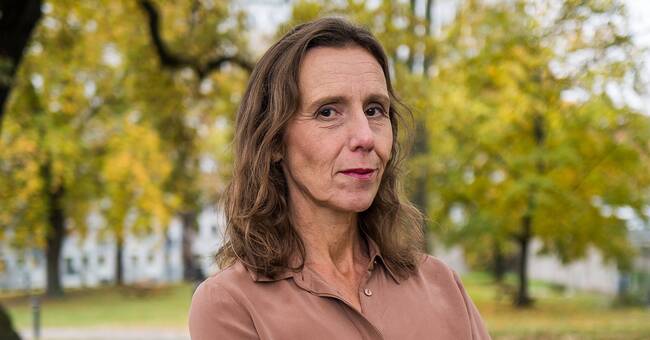Finally.
We have danced and hung out in bars, hugged loved ones, taken strangers by the hand.
Since the pandemic restrictions were lifted three weeks ago, there are probably many who have experienced a strange euphoria over being allowed to do ordinary things, which we previously took for granted but which we have now waited for in what feels like eternity to be allowed to do.
For the banks, it is the same, although the focus is on Finansinspektionen's restrictions, not the Swedish Public Health Agency's.
Finansinspektionen released its day after the Swedish Public Health Agency, 30 September.
Of course, they are not about hugging or taking hands, but about handing out money.
And now it's happening.
More or less flooded with money
The latest billion dollar announcement came last night, from SEB.
It will be 9 billion to the shareholders in dividends and 2.5 billion more, when the bank buys back shares.
Together with the dividend this spring, it means more than SEK 20 billion to shareholders this year.
Despite this, the bank's CEO Johan Torgeby was hard pressed on the topic why it will not be even more, when he presented the interim report to equity analysts this morning.
SEB, like other banks, is more or less flooded with money.
After the pandemic crisis threatened to turn into a financial crisis last spring, it has been just the opposite: the central banks ended the financial crisis by pumping thousands of billions into the global banking system.
Liquidity turned stock market crash into stock market acid and kept interest rates low.
Banks have made more money on fund savers when the stock market rose.
They draw more on mortgages because mortgages have become larger when housing prices have risen.
And then there was the money from last year's canceled dividend left.
Distributes SEK 102 billion
Swedbank, SEB and Handelsbanken distributed as much as they received according to Finansinspektionen's restrictions this spring.
Nordea, which is based in Finland and thus subject to the ECB's rules, was not allowed to distribute at all this spring.
Nordea also stands out the most with its rain of money this autumn: the owners take SEK 49 billion out of the bank.
In total, the four major banks will distribute a staggering SEK 102 billion this year.
But still the banks are even more solid than they were before the financial crisis.
And the New Year's rockets will hardly have fallen to the ground before it's time for new dividend announcements from the banks.
Then it is the profits from the 2021 business that will be distributed, and there will be a bank party again.
For the big banks continue to exceed last year's results, analysts' expectations, and the profit level before the pandemic.
And while the Public Health Agency still urges continued caution and vigilance on symptoms, any form of restraint seems completely redundant and immunity total in the banking system.
SEB's Johan Torgeby now declares that the recovery phase is over.
Now the bank is looking ahead.
Which in itself may seem a bit scary given the inflation that is alarmingly high, that the huge central bank support should be withdrawn, which both parts in different ways risk leading to too fast rising interest rates and stock market chaos.
But it can also, if you are lucky, lead to interest rates rising just a little right, and the economy toughening at a sustainable pace.
Then there will be another bank party, where the higher interest rates increase on the profits even more.

